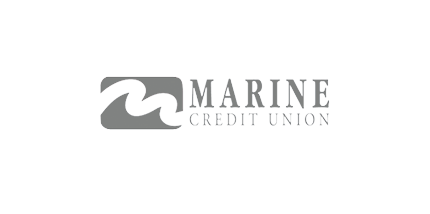Reach your next peak

Whether you’re struggling with growth, stuck on a plateau, or in descent, CO2 Coaching can provide the guidance you need. We’ve worked with more than 300 businesses and thousands of leaders to transform themselves, their teams, and their businesses.
Executive Business coaches for unchartered territories
The air is thin at the top, and leaders can become disoriented or confused. Our business leaders turned executive business coaches help clients examine the perspectives of themselves, and others. This leads to key discoveries that clients use to move swiftly toward their goals. Epic journeys begin with fresh perspectives.
Navigate your most challenging climbs
At CO2 Coaching, we work with businesses leaders to transform themselves, their teams, and their business—and support them every step of the way.
The proof is in the data

100%
Feel their CO2 coach looks out for their interests

100%
Trust their CO2 coach

94%
Define their CO2 Coaching experience as transformational

82%
Say CO2 helped them achieve their goals

70%
Extremely likely to refer CO2 Coaching to a friend or colleague
- Feel their CO2 coach looks out for their interests 100%
- Trust their CO2 coach 100%
- Define their CO2 Coaching experience as transformational 94%
- Say CO2 helped them achieve their goals 82%
- Extremely likely to refer CO2 Coaching to a friend or colleague 70%
CO2 helped me successfully navigate a generational transition to become the CEO of the family business and consolidate ownership from my siblings. Best of all, we have a great relationship now.”
– Josh Stahl | President, Reviva
Elevating leaders one business at a time
Latest news
Insights, ideas and tools
Executive Assistant Coaching Impact
Executive assistants are the unsung heroes in the corporate world, often holding the key to organizational efficiency and leadership success. With the right coaching, these professionals can transcend traditional administrative roles, embracing leadership qualities and strategic thinking. In our latest post, we delve into the transformative world of executive assistant coaching. Discover how specialized coaching from CO2 Coaching can elevate your skills, boost your career, and make you an indispensable part of your organization’s success story. #ExecutiveAssistant #ExecutiveAssistantCoaching #EA
Transforming Information into Wisdom: The Journey of Knowledge Internalization
Understanding Knowledge Beyond the Surface In the realm of personal and professional growth, the term Internalized Knowledge plays a pivotal role. It's the transformative process...
Unleashing the Power of Questioning in Leadership
Explore how ‘Just Ask Leadership’ revolutionizes the workplace by embracing questioning in leadership. Learn to foster a culture of curiosity, enhance communication, and drive innovation through effective questioning techniques and active listening in our latest article.
CEO Coaching: The Catalyst for Unleashing Your Leadership Potential
Elevate your leadership with CEO coaching designed to transform organizations by empowering leaders. Uncover new realms of possibility for you and your team.
Type II Fun
As a teenager, I found myself with 16 others on the Atlantic Ocean off the coast of Maine in a 30-foot pulling boat with 12-foot swells and no tiller or rudder. The seas were...
Transforming Bad Leadership into a Beacon of Growth
What is Bad Leadership? Bad leadership encompasses a range of behaviors, qualities, and styles that negatively impact an organization, its employees, and its goals. Here are some...
Beyond the Summit: The Unending Journey of Exceptional Leadership
“When you reach the top, keep climbing“ - Zen Proverb In a world where the peak of success is often the ultimate goal, it's easy to forget that true leadership is a never-ending...















